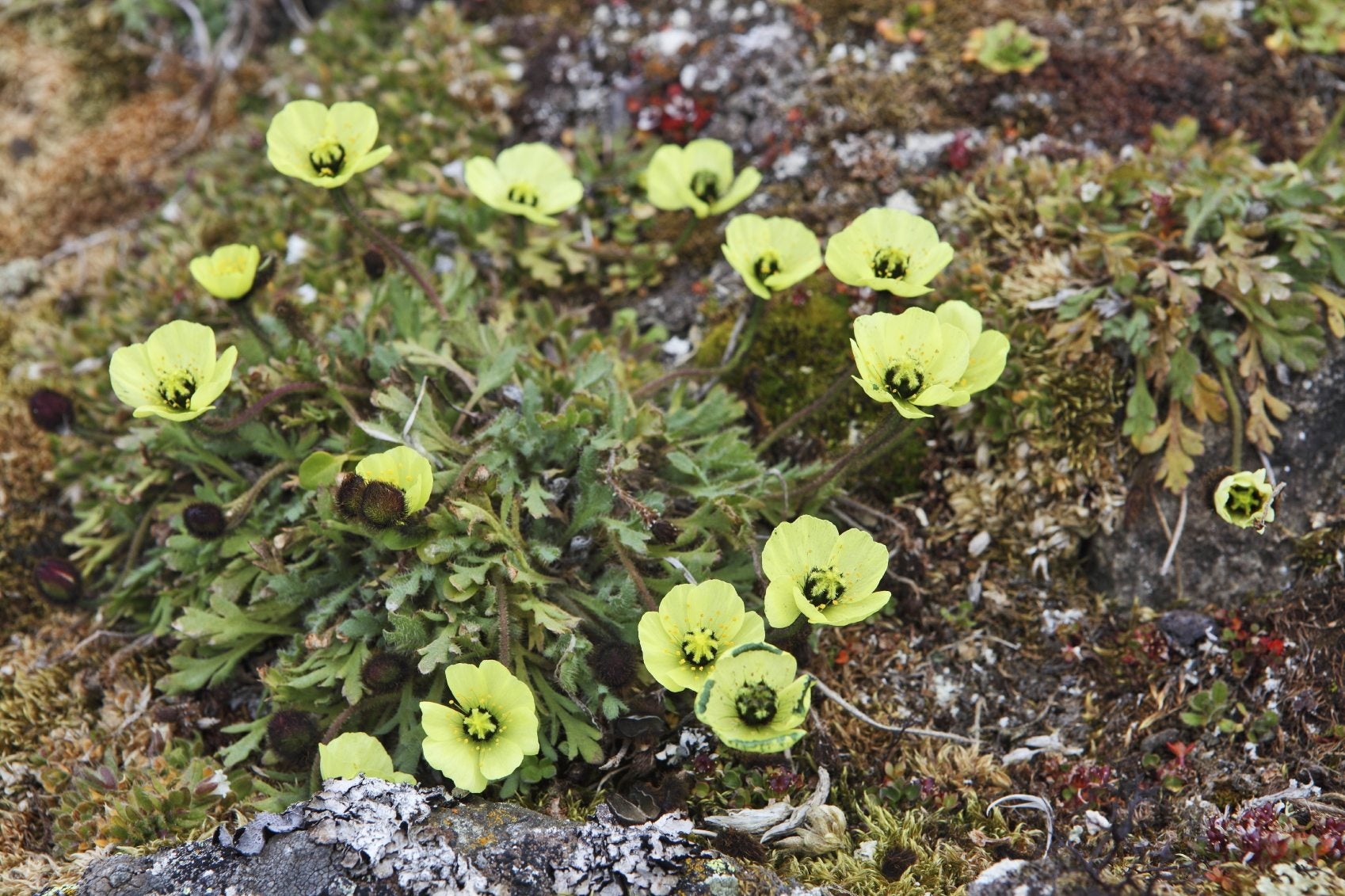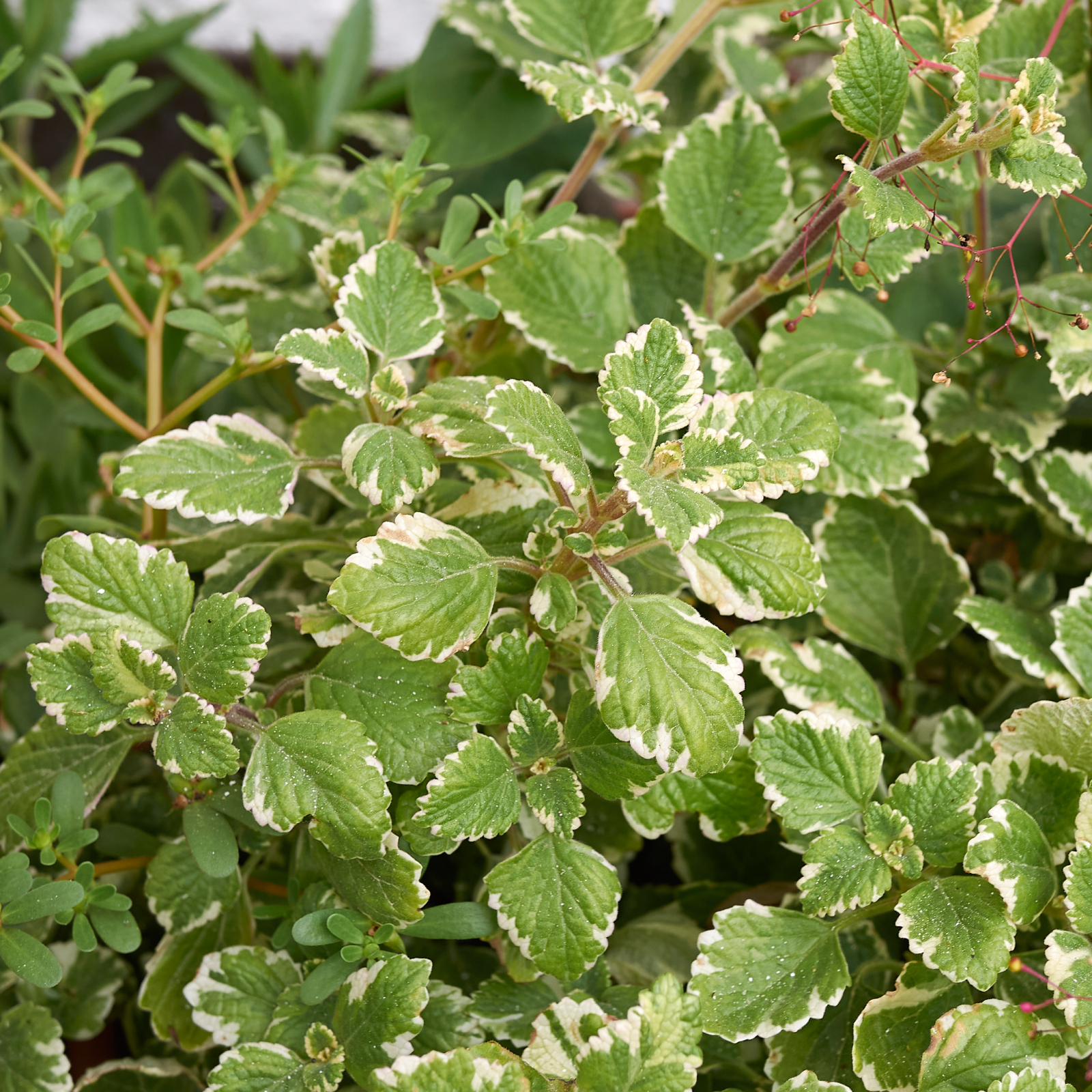Tundra Gardening Information: Can You Grow Plants In The Tundra


The tundra climate is one of the harshest growing biomes in existence. It is characterized by open spaces, drying wind, cold temperatures and low nutrients. Tundra plants must be adaptable, vigorous and tough to survive these conditions. Native northern plants are good choices for a garden in tundra type conditions. These plants are already adapted to the harsh, barren climate and short tundra growing season, so they will thrive without special interference. Read on to learn more.
About the Tundra Growing Season
Northern gardeners may find special challenges finding landscape plants that can exist in a tundra climate. Growing tundra plants enhances the landscape while providing foolproof greenery and diversity that will flourish without constant babying and special attention in such conditions. Some suggested tundra gardening information might include:
- Evergreen shrubs like rhododendron
- Native sedges like cotton grass
- Low-growing plants in forms akin to heath or heather
- Rugged, small trees or bushes such as willow
In addition to the site and weather challenges in the tundra, the growing season is much shorter than other climates. The arctic tundra has a growing season of only 50 to 60 days, while the alpine tundra has a growing season of approximately 180 days. This means plants must achieve their life cycle in that allotted amount of time, and that includes flowering, fruiting and setting seed. Plants that grow in the tundra are adapted to this shorter growing period and have much shorter cycles than those in long season climates. For this reason, you wouldn't have much success growing a plant from USDA zone 8 in the tundra region. Even if it was cold hardy and adapted to the other extreme conditions, the plant wouldn't have time to complete its cycle and would eventually die out.
Tundra Gardening Information
Plants in the tundra develop superior resistance to unfavorable conditions. You can enhance the soil in your landscape with amending materials, such as compost, but the wind, moisture levels, cold and freezing points will still be the same. Rockeries can provide unique niches for a variety of plants while blending seamlessly with the native landscape. Rock gardens have several different micro-climates depending upon their light and wind exposure. Those with south-facing exposure and some cover can host more tender plants while exposed northern faces need to have only the hardiest specimens installed. Growing tundra plants in sheltered locations can increase the diversity you can introduce to your landscape.
Using Plants in the Tundra
Cold season plants have many adaptations. They may have hollow stems that require less nutrients, low compact profiles, hairy stems and dark leaves to keep the plant warm and many other adaptations.
- Arctic poppy and mountain aven plants have the ability to move their flowers and gather more solar energy.
- Grasses, especially sedge, have low nutrient needs, can adjust to either cold, dry conditions or spring boggy soils.
- Small shrubs and bushes with thick evergreen leaves that keep cold out and hold in moisture might range from cranberry to alpine azalea and back to blueberry.
- Heathers and heaths form dense clumps that trap nutrients and form miniature windbreaks for other plants.
- In areas of the garden with the most sun and well-drained soil, try mountain bluet, native yarrows and white pussytoes.
When choosing plants for your alpine or arctic landscape, take into consideration the site conditions you have to offer and the plants adaptability. Native plants will add the dimension for which you are looking while providing an economical and long lasting landscape.
Gardening tips, videos, info and more delivered right to your inbox!
Sign up for the Gardening Know How newsletter today and receive a free copy of our e-book "How to Grow Delicious Tomatoes".

Bonnie Grant is a professional landscaper with a Certification in Urban Gardening. She has been gardening and writing for 15 years. A former professional chef, she has a passion for edible landscaping.
-
 Which Ivy Is Best For A Garden? 7 Varieties Of Ivy To Grow (And 2 To Avoid)
Which Ivy Is Best For A Garden? 7 Varieties Of Ivy To Grow (And 2 To Avoid)Lots of varieties of ivy can complement your garden, provide groundcover, or create a private oasis, but which is best? Explore our top picks for beautiful ivy.
-
 Do Deer Eat Peonies? How To Keep Them Away And Save Your Gorgeous Blooms
Do Deer Eat Peonies? How To Keep Them Away And Save Your Gorgeous BloomsPeonies are not usually favored by deer, but sometimes they go after the young shoots of the plants anyways. Learn how to keep deer away from beautiful blooms.